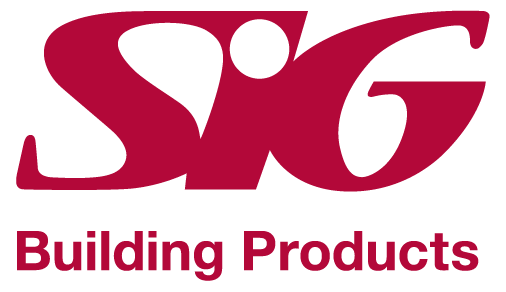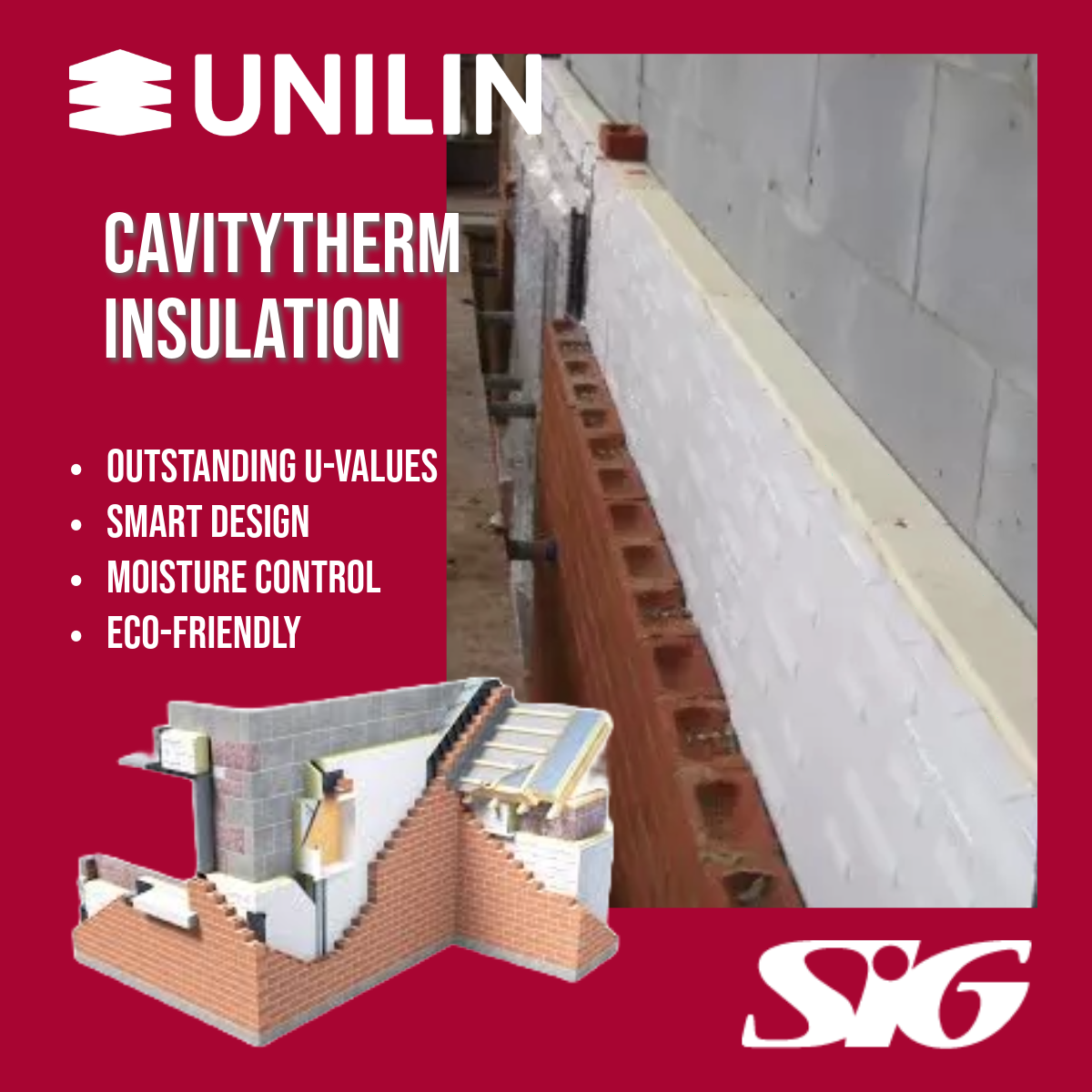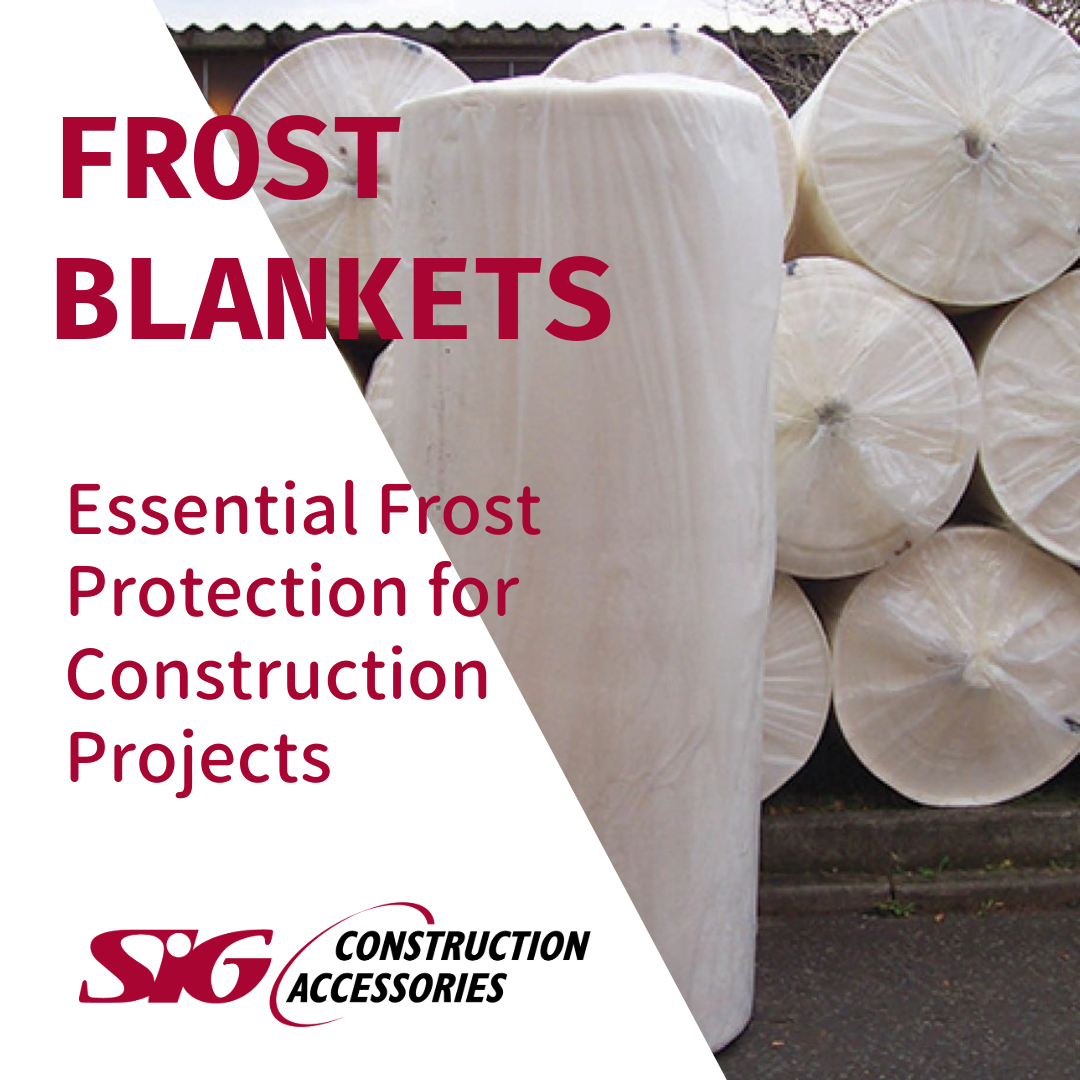 Waterproofing is an essential aspect of building maintenance that helps to prevent water from penetrating into the structure and causing damage. One of the most popular methods of waterproofing is liquid waterproofing, which involves applying a coating to surfaces such as roofs, balconies, and terraces to prevent water from seeping in. In this comprehensive guide, we will discuss everything you need to know about liquid waterproofing, including what it is, how it works, how to apply it, and its benefits.
Waterproofing is an essential aspect of building maintenance that helps to prevent water from penetrating into the structure and causing damage. One of the most popular methods of waterproofing is liquid waterproofing, which involves applying a coating to surfaces such as roofs, balconies, and terraces to prevent water from seeping in. In this comprehensive guide, we will discuss everything you need to know about liquid waterproofing, including what it is, how it works, how to apply it, and its benefits.
What is Liquid Waterproofing?
Liquid waterproofing is a type of coating that is applied as a liquid and dries to form a seamless, waterproof membrane. It is typically used on flat or low-pitched roofs, balconies, and terraces to prevent water from penetrating into the structure. It is made up of various materials, including acrylics, polyurethane, and epoxy, which are mixed with solvents to create a liquid that can be applied to surfaces.
How Does Liquid Waterproofing Work?
Liquid waterproofing works by creating a seamless membrane that covers the surface and prevents water from penetrating into the structure. The membrane is created by applying multiple layers of liquid coating, which are then covered and allowed to dry and cure. Once the membrane is fully cured, it provides a strong, durable barrier that can withstand water and weathering.
How Long Does Liquid Waterproofing Last?
The longevity of liquid waterproofing depends on several factors, including the quality of the wet-down product used, the application process, and the environmental conditions. However, some products can last for up to 25 years, making it a long-lasting and cost-effective solution for waterproofing.
Why Should I Install Liquid Roof Waterproofing?
Liquid roof waterproofing is a reliable and effective solution for waterproofing your roof. It offers a range of benefits, including seamless application, flexibility, easy maintenance, cost-effectiveness, UV and weather resistance, and easy application.
Liquid roof waterproofing is highly flexible and can adapt to the movement of the building, ensuring that it can withstand the movement of the building without cracking or becoming damaged.
Additionally, it is highly resistant to UV radiation and weathering, making it an ideal choice for buildings located in areas with extreme weather conditions. Liquid roof waterproofing is easy to apply and requires minimal preparation, making it a popular choice for roof waterproofing.
If you are looking for a long-lasting and durable waterproofing solution for your roof, consider installing liquid roof waterproofing for optimal protection and peace of mind.
Benefits of Liquid Waterproofing
There are several benefits to using liquid waterproofing for your building. Some of the main advantages include:
-
Seamless application & flexibility:
It is flexible and can adapt to the movement of the building, which helps to prevent cracking and damage.
-
Easy maintenance:
It is easy to maintain and repair, as damaged areas can be easily identified and fixed.
-
Cost-effective:
It is a cost-effective solution for waterproofing, as it can be applied quickly and efficiently, reducing labour costs.
Can you use liquid waterproofing for green roofs?
It is an ideal solution for waterproofing green roofs because it provides a seamless, flexible, and durable barrier that can withstand the weight and movement of the green roof.
Green roofs are becoming increasingly popular as a sustainable and environmentally friendly roofing option, but they require a waterproofing layer to protect the building from water damage.
It can be applied directly to the green roof substrate, providing a coating that is fully integrated with the green roof system. It is also compatible with the various components of a green roof, such as drainage layers, root barriers, and growing media, ensuring that the coating does not compromise the performance of the green roof.
It is an excellent choice for waterproofing green roofs, providing a reliable and effective solution that ensures the longevity of the green roof system.
How to Apply Liquid Roofing Systems
Applying liquid roof waterproofing requires proper preparation and application to ensure that the liquid surface coating adheres properly and provides a durable, waterproof barrier. Here are the steps to follow when applying:
-
Surface preparation:
The surface to be waterproofed should be cleaned thoroughly to remove any dirt, dust, or debris. Any cracks or holes should be repaired using a suitable filler material.
-
Priming:
A primer should be applied to the surface to improve adhesion and ensure a smooth and even application of the liquid waterproofing.
-
Application:
The liquid waterproofing should be applied in two or three coats, depending on the manufacturer’s instructions. The product can be applied using a brush, roller, or spray, depending on the size of the surface.
-
Drying and curing:
Once the liquid waterproofing has been applied, it should be left to dry and cure according to the manufacturer’s instructions. This can take anywhere from a few hours to several days, depending on the product used and the environmental conditions.
-
Inspection:
Once the liquid waterproofing has fully cured, it should be inspected for any cracks, holes, or other defects. Any defects should be repaired promptly to ensure the effectiveness of the waterproofing.
What Type of Waterproofing is Best? 
The choice of waterproofing method depends on various factors, including the type of surface to be waterproofed, and the budget. We recommend ClassicLiquid Waterproofing.
ClassicLiquid Waterproofing
The ClassicLiquid range is a collection of five high-quality liquid waterproofing products designed to both waterproof and immediately protect flat roofing surfaces from water penetration and damage.
These products offer a range of benefits that make them the ideal choice for waterproofing and protecting various types of roofing systems. Below we will discuss the benefits of the ClassicLiquid range and the ideal uses for these products.
Fast Curing
One of the most significant advantages of the ClassicLiquid range is its fast curing time. These products dry quickly, allowing for faster installation and minimizing the disruption to building occupants. The fast curing time also means that the roof can be fully operational sooner, reducing downtime and ensuring that the building is protected from water damage as soon as possible.
Bubble-Free Smooth Finish
The ClassicLiquid range of products produce a bubble-free smooth finish that provides an aesthetically pleasing appearance. This smooth finish also ensures that the entire surface of insulation on the roof is protected from water penetration, eliminating the risk of water getting trapped in bubbles or crevices.
Excellent Weather and UV Resistance
The ClassicLiquid range is highly resistant to weather and UV radiation, making it an ideal choice for buildings located in areas with extreme weather conditions. These products can withstand exposure to the sun, rain, wind, and temperature fluctuations without degrading or losing their waterproofing properties.
Remains Elastic Down to -40°C
The ClassicLiquid range remains elastic even at extremely low temperatures, making it an ideal choice for buildings located in areas with harsh winter climates, like Ireland. This elasticity ensures that the whole waterproofing system remains intact and effective, even when the roof is subjected to extreme temperature changes.
Up to a 20 Year Guarantee
The ClassicLiquid range comes with a guarantee of up to 20 years, providing building owners with peace of mind that their roof is protected and will remain waterproof for many years.
This guarantee also demonstrates the confidence that the manufacturers have in the quality and durability of their products.
What Roofing Systems Does ClassicLiquid Waterproofing Protect?
The ClassicLiquid range is ideal for waterproofing and protection for a wide range of surfaces, including:
New OSB Roofs
Liquid waterproofing is an ideal solution for the protection of newly installed OSB roofs, providing a durable and long-lasting barrier against water penetration.
Asphalt and Bitumen Roofs
Liquid waterproofing can be used to protect and extend the life of asphalt and bitumen roofs, which are prone to cracking and water penetration.
EPDM Membrane
Liquid waterproofing coatings can be applied over existing EPDM membranes to provide an extra layer of protection against water penetration.
GRP Roofing Systems
Liquid waterproofing can be used to repair and protect GRP roofing systems, which are prone to cracking and damage from moisture.
Metal and Cement Fibre Roof Sheets
Liquid waterproofing systems can be used to protect and extend the life of metal and cement fibre roof sheets, which are prone to rust and water penetration.
Gypsum and Cement Boards
Liquid waterproofing can be applied to exposed gypsum and cement boards to provide a waterproofing layer and protect against water damage.
Conclusion
In conclusion, the ClassicLiquid range is a versatile and reliable solution for protecting your flat roofs and surfaces from water penetration and damage.
These products offer a range of benefits, including fast curing, bubble-free smooth finish, excellent weather and UV resistance, elasticity down to -40°C, and up to a 20-year guarantee.
They are ideal for waterproofing and protecting a wide range of roofing systems, including new OSB roofs, asphalt and bitumen roofs, EPDM membranes, GRP roofing systems, metal and cement fibre roof sheets, and gypsum and cement boards.
If you are looking for a durable and long-lasting waterproofing solution for your flat roof, consider the ClassicLiquid range for optimal protection and peace of mind. Contacting our roofing experts for advice on your roofing project today.




